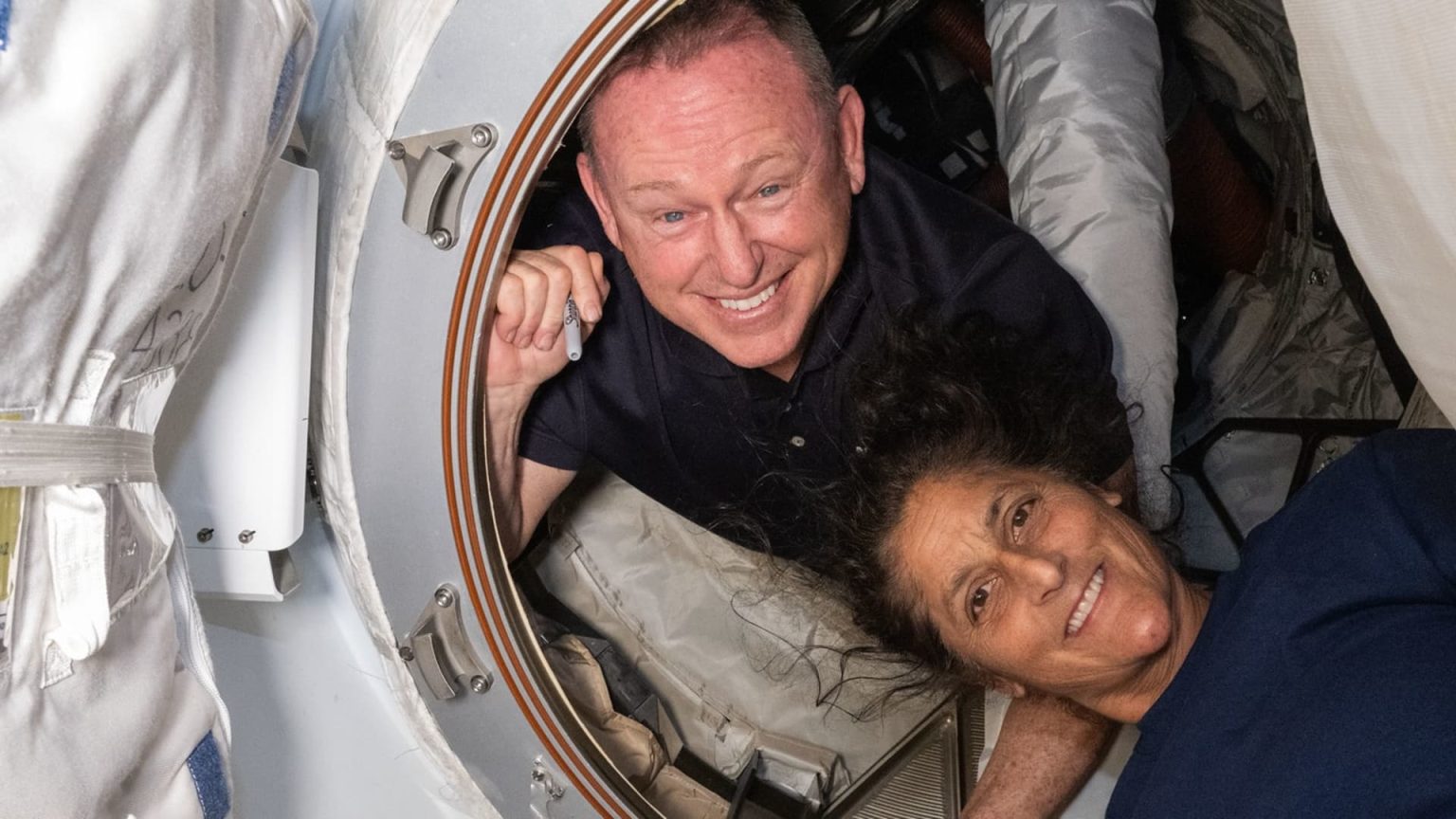Boeing will return its capsule from the International Space Station without the NASA astronauts that Starliner delivered to orbit in early June, the agency announced. NASA astronauts Butch Wilmore and Suni Williams will now return via SpaceX’s Dragon spacecraft, which is scheduled to launch its ninth regular mission to the ISS on Sept. 24. Wilmore and Williams will stay at the ISS for about six more months before flying home in February on SpaceX’s Crew-9 vehicle. The decision to bring Starliner back empty marks a shift in plans, as the capsule was previously intended as the primary choice for returning the crew. The test flight faced problems, particularly with its propulsion system, prompting NASA to conduct another Flight Readiness Review to determine the timing of the return.
During a press conference, NASA Administrator Bill Nelson acknowledged the need for further understanding of the root causes of the issues with Starliner and its design improvements. He emphasized that test flights are not routine and must prioritize safety, leading to the decision to have Wilmore and Williams return via SpaceX’s Dragon spacecraft instead. Boeing officials had maintained that Starliner was safe for the astronauts to return in case of an emergency, despite multiple delays in the return process. NASA highlighted a technical disagreement with Boeing and differences in evaluating risks for returning the crew. Nonetheless, Nelson expressed confidence that Starliner will eventually be able to launch with a crew again. Boeing affirmed its commitment to executing the mission as determined by NASA and preparing the spacecraft for a safe uncrewed return.
NASA officials unanimously chose SpaceX to bring Wilmore and Williams home on their Crew-9 vehicle, with only two astronauts rather than the originally planned four to make room for the returning crew. Starliner’s propulsion system issues, specifically with its thrusters, have been cited as an ongoing problem affecting its safe return from the ISS. The spacecraft, named “Calypso,” has been at the ISS since June, with the mission extended indefinitely to address the technical challenges. The Starliner crew flight test was intended to be a critical milestone for Boeing and NASA’s Commercial Crew program, aiming to have Boeing and SpaceX alternate missions to the ISS. However, the setbacks faced by the Starliner flight test have delayed Boeing’s progress and raised concerns about its future involvement in the program, with significant financial losses already incurred.
The difficulties experienced with the Starliner propulsion system and the decision to return the capsule empty from the ISS have led to uncertainties regarding Boeing’s role in NASA’s Commercial Crew program. Despite NASA’s commitment to safety and its support for Boeing, the technical challenges encountered during the flight test have raised questions about the spacecraft’s readiness for crewed missions. The implications of the setbacks faced by Starliner on Boeing’s future involvement in the Commercial Crew program and the company’s efforts to address the technical issues to ensure the safety of future missions remain key considerations. The ongoing developments in the situation and NASA’s responses to the challenges faced by the Starliner flight test will continue to shape the future of crewed space exploration missions.













